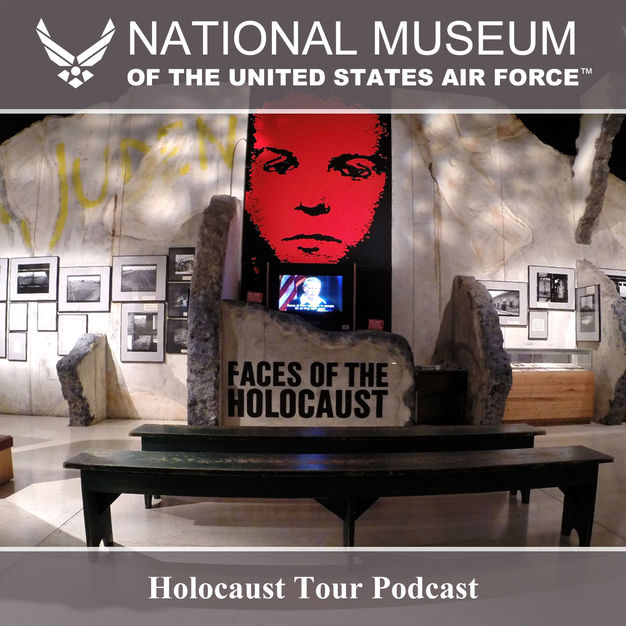Holocaust Audio Tour 10: Fragments of the Budapest Ghetto
Near the “Places of Ha’Shoah” images is another grouping titled “Fragments of the Budapest Ghetto.” These scenes are from an old Jewish section of Pest, Hungary, a district of 19th century buildings near the Danube River. Here the Nazis established a large ghetto in June 1944, several months after occupying Hungary and deporting virtually every Jew living in the provinces. Budapest’s 220,000 Jews were forced into 2,000 houses marked with a yellow star. In October, Hungarian Fascists began their program of anti-Jewish violence, even as Soviet troops approached the city. In November, thousands of Jews were shot and thrown into the Danube and preparations were made for massive deportation of those remaining. The Soviets occupied Budapest on Jan. 18, 1945, and an estimated 120,000 Jews were saved. Dominating the Jewish section is the Moorish-style Dohany Street Synagogue, a huge, ornate, twin-towered structure inaugurated in 1859 by the city’s Neolog (Reform) congregation. The largest active synagogue in Europe, it seats 3,000 and has undergone a full restoration that was completed in 2009. During the war, the church was fenced off and used as a concentration camp for Jews massed prior to deportation. In the arcade courtyard are individual and mass graves of thousands of Budapest’s ghetto victims. Another courtyard contains a memorial to Hungarian Holocaust victims, a weeping willow tree created in granite and steel, by Hungarian sculptor Irma Varga. On nearby Sip Street are found the offices of the Central Board of Hungarian Jews, the Budapest Jewish Community, the World Jewish Congress and the American Joint Distribution Committee. The immediate neighborhood offers an Orthodox Mikvah, kosher restaurants, grocers and wine shops, Jewish gift shops and three Jewish schools.
10 September 2015, 4:15 pm
